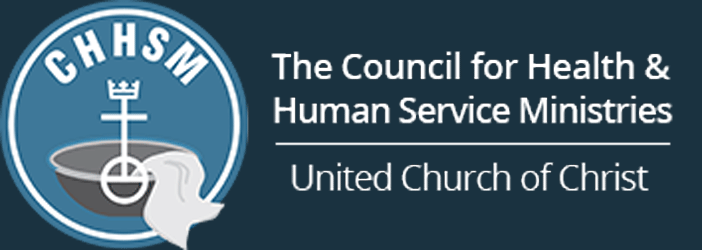Technology Connects Communities, Provides Portal to Future
If Horizon House residents want to plan their schedules or look up a friend’s phone number, they have to get a paper copy of the community’s activities calendar and resident directory.
But when the continuing care retirement community and CHHSM member ministry in Seattle launches its internal resident portal, residents will have a new way to connect with their friends.
“We’re building an online community portal,” says resident Margaret Burke, who chairs Horizon House’s Technology Advisory Group and adds that the community is also installing wireless Internet in all resident apartments. “If someone moves in and loves to play bridge, for example, they can build an online profile with their favorite activities and find others with similar interests.”
The new internal website, Horizon House Connect, is just one of many technological initiatives the community hopes to roll out in the future to add value to the life and experience of their current and future residents.
Through the first version of the online portal, residents will be able to view an events calendar, directory and meeting notes. Later, they’ll be able to build personal profiles and see who else has signed up for an activity, request services, work orders and view lunch and dinner menus and eventually make reservations.
The technology is important as increasing numbers of older adults go online to connect with their families and friends. Six out of 10 seniors use the Internet, but younger, affluent older adults are more likely to adopt technology faster than people with limited incomes and health problems, and Internet use declines sharply after age 75, the Pew Research Center found in a 2014 study.
Horizon House constantly seeks feedback from residents about features they want to see included through the online portal. The resident-led 12-member technology advisory group, for instance, cautioned the developers that some people weren’t comfortable with social networking features and advised them to slowly phase in the changes.
“There’s a tendency for developers to get excited about the capabilities without consulting the users about what they want,” says Mike Ostrem, chief financial and technology officer. “But people define their own experiences and it’s important for residents and developers to collaborate.”
Stephen Hopkins agrees that user feedback is important for an innovation’s long-term success. As chief operating officer of LifeChoice Solutions, a continuing-care-at-home program of Evangelical Homes of Michigan in Saline, he’s piloted tablet programs and online portals to collect health care information and knows that an organization’s expectations and a user’s experiences don’t always match.
“Is the screen size small? Do the colors make text hard to read? Are the buttons difficult to push?” asks Hopkins, who serves on LeadingAge’s Center for Aging Services Technologies (CAST) Commission, a national organization that develops technology to improve the aging experience. “Simple things like this make people never use your innovation. If we take the time to listen to people, they will give us a road map for what they want.”
Hopkins, who has built an online platform where lifestyle coaches and case managers can check on and share information with members through the company LivWell Health, says that technology enables health care providers to stay connected with clients, even when they live several hours away.
Burke is excited about the changes and opportunities ahead.
“We’re building for tomorrow, but we’re making it work for residents today,” she says. “We’ll be able to hang a lot of hats on all this technology in the future.”
Join Our Mailing LIst
"*" indicates required fields
Follow on Facebook
Emmaus Staff and Client Advocates Bring Disability Awareness to Missouri State Legislators - CHHSM
www.chhsm.org
For the past three years, members of the advocacy team at Emmaus Homes in St. Charles, Mo., show up in full force at the Missouri State Capitol for Disability Rights Legislative Day (DRLD). But on Feb...